The growing market for cybersecurity products is a sign that businesses are taking the issue seriously. But before your company jumps into investing in any product, ask yourself if it’s really necessary. Find out how you can make the most out of cybersecurity products by conducting a risk assessment.
Uncover threats and vulnerabilities
Every business should evaluate the current state of its cybersecurity by running a risk assessment. Doing so is one of the easiest ways to identify, correct, and prevent security threats. After discovering potential issues, you should rate them based on probability of occurrence and potential impacts to your business.
Keep in mind that risk assessments are specific to every business and there is no one-size-fits-all approach for small business technology. It all depends on your line of business and operating environment. For instance, manufacturing companies and insurance groups have totally different applications to secure.
After tagging and ranking potential threats, you should identify which vulnerabilities need immediate attention and which ones can be addressed further down the line. For example, a web server running an unpatched operating system is probably a higher priority than a front desk computer that’s running a little slower than normal.
Tailor controls to risks
Instead of spending time and money evenly on all systems, it’s best that you focus on areas with high risk. You should address these issues immediately after an assessment, but also put plans in place to evaluate their risk profiles more often.
Assess existing products
Chances are, your organization has already spent a great deal of money on security products and their maintenance and support. By conducting risk assessments more often, you can improve the strategies you already have in place and uncover wasteful spending. You may discover that one outdated system merely needs to be upgraded and another needs to be ditched. Remember, your existing products were purchased to meet specific needs that may have changed immensely or disappeared altogether.
It’s much harder to overcome cybersecurity obstacles if you’re not regularly evaluating your IT infrastructure. Contact our experts for help conducting a comprehensive assessment today!



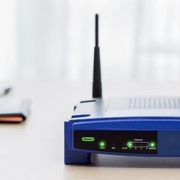
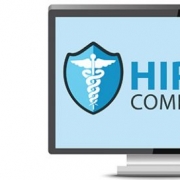

 The massive success of ransomware like WannaCry and Petya have spurred other cybercriminals to develop their own ransomware and sell it on the black market. This means we can expect more ransomware attacks in the future. To prepare your business, you need virtualized disaster recovery solutions. Here’s why.
The massive success of ransomware like WannaCry and Petya have spurred other cybercriminals to develop their own ransomware and sell it on the black market. This means we can expect more ransomware attacks in the future. To prepare your business, you need virtualized disaster recovery solutions. Here’s why.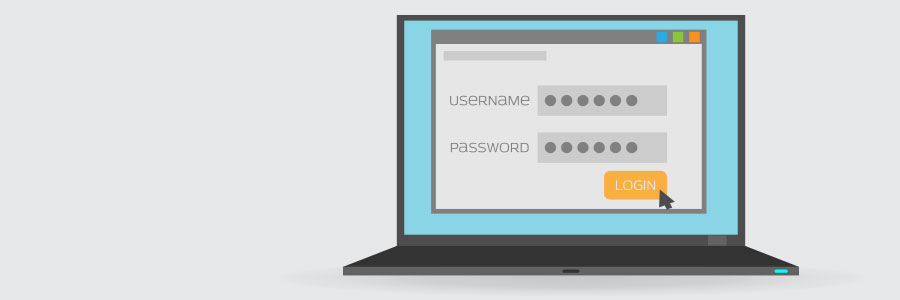
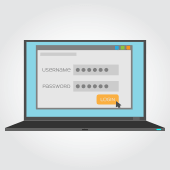 Passwords are a double-edged sword. If you make them too simple, they’ll be easy to guess; if you make them too complex, they’ll be impossible to remember. One solution is to create an uncrackable password and save it to your browser. Unfortunately, recent research suggests that tactic could drastically reduce your privacy.
Passwords are a double-edged sword. If you make them too simple, they’ll be easy to guess; if you make them too complex, they’ll be impossible to remember. One solution is to create an uncrackable password and save it to your browser. Unfortunately, recent research suggests that tactic could drastically reduce your privacy.
 It’s the perfect time of year to evaluate last year’s technology investments and make adjustments for the year to come. Whether 2017 left you with extra cash in your pocket or desperate for a better way to get work done, here’s a roundup of the best IT news from the past year.
It’s the perfect time of year to evaluate last year’s technology investments and make adjustments for the year to come. Whether 2017 left you with extra cash in your pocket or desperate for a better way to get work done, here’s a roundup of the best IT news from the past year.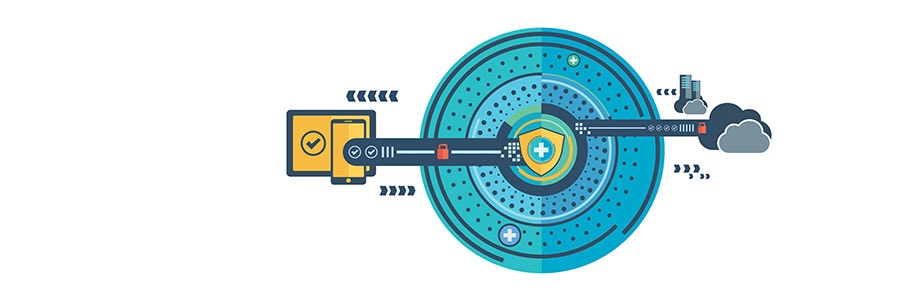
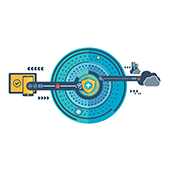 Installing powerful antivirus software and setting strong passwords are no longer considered the bare minimum in cybersecurity. With hackers, government agencies, and ISPs constantly monitoring networks and your online habits, hopping onto a Virtual Private Network (VPN) is crucial for keeping your surfing habits private. Here’s why.
Installing powerful antivirus software and setting strong passwords are no longer considered the bare minimum in cybersecurity. With hackers, government agencies, and ISPs constantly monitoring networks and your online habits, hopping onto a Virtual Private Network (VPN) is crucial for keeping your surfing habits private. Here’s why.
 What would you do right now if you discover that your business’s database is hacked and a huge number of your customers’ data gets leaked? Speechless, with dismay, but you need to act, decently. In this case, it helps to have a good incident response plan in place, so your business won’t suffer the same fate as Equifax, which is an interesting story we’re about to tell.
What would you do right now if you discover that your business’s database is hacked and a huge number of your customers’ data gets leaked? Speechless, with dismay, but you need to act, decently. In this case, it helps to have a good incident response plan in place, so your business won’t suffer the same fate as Equifax, which is an interesting story we’re about to tell.
 What do you call someone who hunts for security gaps in computer hardware and software? A hacker, right? What about someone who takes their findings to vendors to help them improve the quality of their products? There is more than one type of hacker, and understanding the difference is important.
What do you call someone who hunts for security gaps in computer hardware and software? A hacker, right? What about someone who takes their findings to vendors to help them improve the quality of their products? There is more than one type of hacker, and understanding the difference is important.